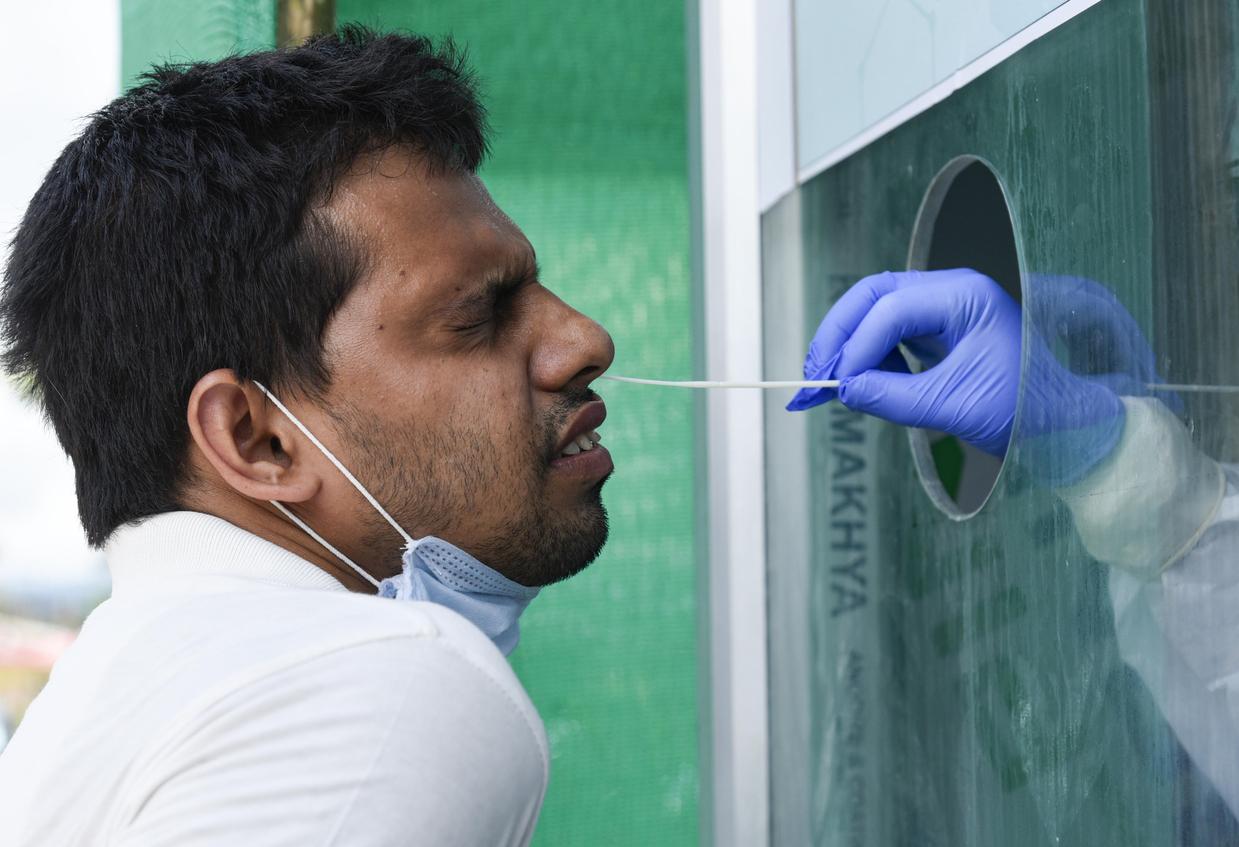The World Health Organization (WHO) in its weekly pandemic update said yesterday that COVID-19 cases and deaths declined over the last month, but added that levels are rising in 31% of countries, especially in two world regions.
Also, the WHO on March 30 added one more variant under monitoring to its list, XBB.1.9.1.
Case rises in India and Middle East countries
Over the last 28 days, cases declined 28% and deaths dropped 30% compared to the previous 4 weeks. However, the WHO noted that 74 countries reported rises of 20% or more during the same period.
Much of the rise was reported from two regions, South East Asia and the Eastern Mediterranean. In South East Asia, India reported the highest proportional rise, with cases up 680% compared to the previous 28 days. Indonesia reported a more modest rise of 69%.
In the Eastern Mediterranean region, cases rose sharply in Iran and more modestly in Qatar and the United Arab Emirates.
New variant under monitoring in 68 countries
In its variant update, it said XBB.1.9 is its seventh variant under monitoring (VUM). It has spike mutations similar to XBB.1.5 and XBB.1.16, including those linked to immune escape and increased transmissibility. So far, more than 9,500 sequences have been reported from 68 countries.
Globally, the proportion of XBB.1.5—currently the only variant of interest—continues to rise and is at 47.1% of cases, the WHO said. VUM XBB.1.16 is currently fueling an outbreak in India, which is experiencing its highest case levels since September. The rise prompted India's government to ask its states to increase testing and prepare for rises in hospitalizations, according to Reuters.
US sees slow rise in XBB.1.9
Though XBB.1.5 still makes up nearly all Omicron viruses in the United States, the proportions of XBB.1.9, which the WHO just added as a VUM, are rising slowly, the Centers for Disease Control and Prevention (CDC) said today its latest variant proportion estimates. It now makes up 5.1% of samples, up from 3.9% the previous week.
In other US developments:
- CDC data show that COVID deaths continue to rise, though cases and hospitalizations continue their gradual downward trends.
- Few public schools have taken steps to improve school building ventilation, according to a new survey from the CDC published today in Morbidity and Mortality Weekly Report. The CDC has recommended four strategies, which range from improving air flow to replacing or upgrading ventilation systems. It said high-poverty school districts implemented the highest percentage of strategies and that federal funds are still available for ventilation upgrades.



















